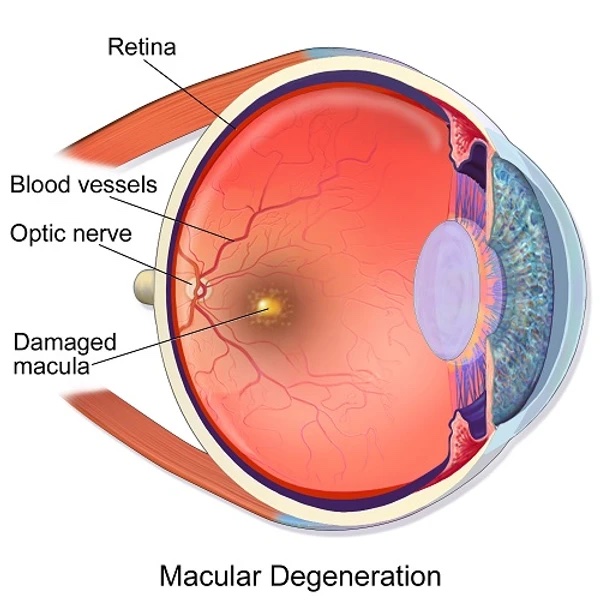A straight line appears to be bent, why?
If you look at a straight line, and it appears to be wavy or bent, this can indicate a sight problem. Distorted vision is a common symptom of a number of sight conditions, often linked to age and declining vision quality.
If you are seeing bent lines where you know the line is actually straight, you could be suffering from a condition known as Macular Degeneration, or from one of the related eye conditions listed below.
What could be causing wavy vision?
1. Macular Degeneration
Macular degeneration is a common age-related sight disorder that can lead to reduced vision quality and partial sight loss. It affects the central field of vision, and often the sufferer loses the ability to see directly in front of them – though they tend to retain their peripheral vision.
It is the most common reason that straight lines will appear bent.
There is no cure and sight quality will decline over time, but an eye specialist can offer help in managing the condition and adjusting to the sight loss.

Learn more about this condition by reading our full guide to Macular Degeneration
2. Astigmatism
Astigmatism is a condition in which the eye cannot process light correctly.
This often causes refraction, where images appear distorted as the eye struggles to process what it is seeing. The eye tries to make sense of light in the retina at multiple points, instead of a single point, and this causes the visual disturbance.
The symptoms can be alarming, but astigmatism can be corrected with contact lenses or glasses. In extreme cases, laser surgery may be recommended to permanently resolve the issue.
3. Macular pucker/macular edema
The macular, at the back of the eye, can fall victim to a number of diseases and disorders which affect the sight. Macular pucker and macular edema are common examples of eye disease that can lead to distorted vision.
- A macular edema is a swelling that causes the vision to distort
- A macular pucker is damage or shrinking of the vitreous jelly that protects the eye and facilitates eye movement.
Both conditions require assessment by an ophthalmologist, who can recommend appropriate treatment based on the individual’s own symptoms and condition.
Using an Amsler Chart to test your sight
If a straight line looks curved or you have any concerns with your vision, your ophthalmologist can diagnose conditions such Macular Degeneration using a tool known as an Amsler Grid. This is the classic diagnostic test for this condition.
The grid uses straight lines in a standard pattern, which most see as uniform squares. However, a person with a macular disease sees distortions and omissions in the grid, indicating that there is a problem with the central visual field.
When to see a doctor
With age-related macular degeneration, it is important to visit an ophthalmologist to have a complete check-up, while regular check-ups every two to four years are more than necessary.
Related articles




